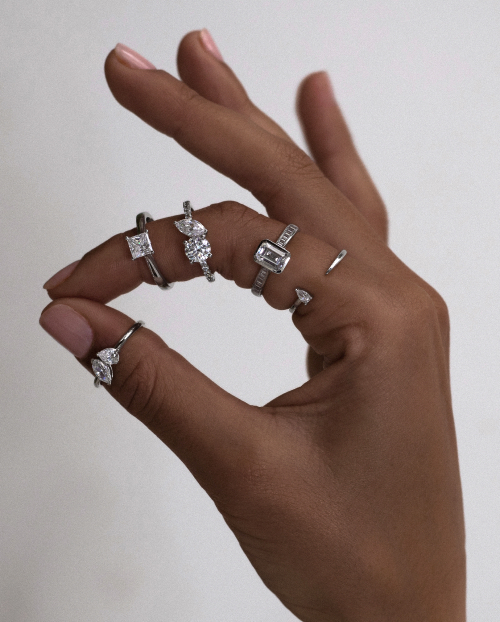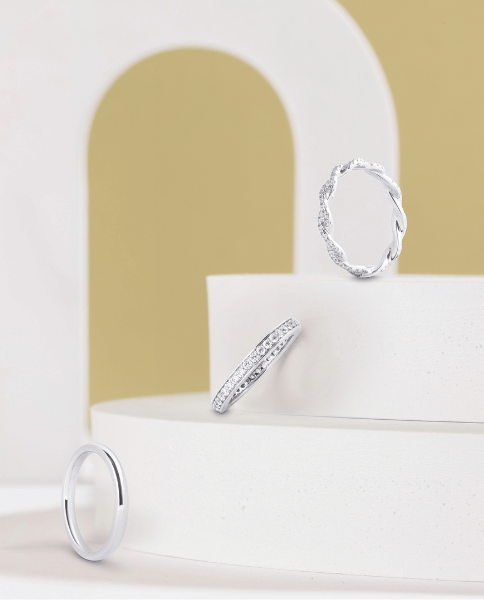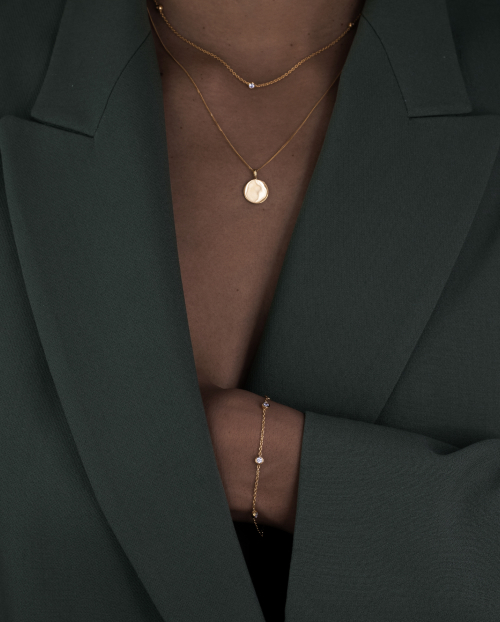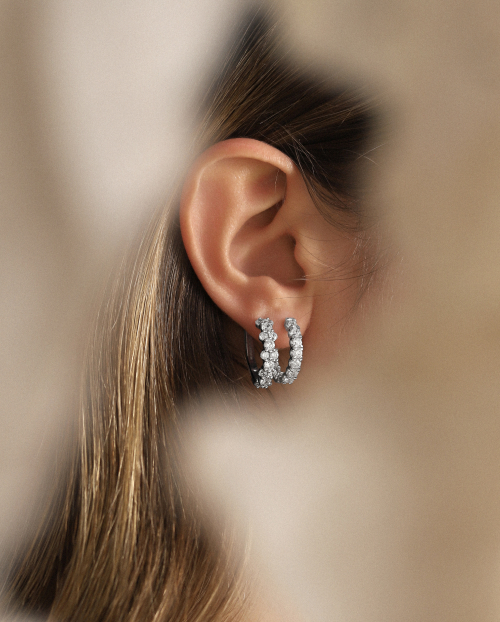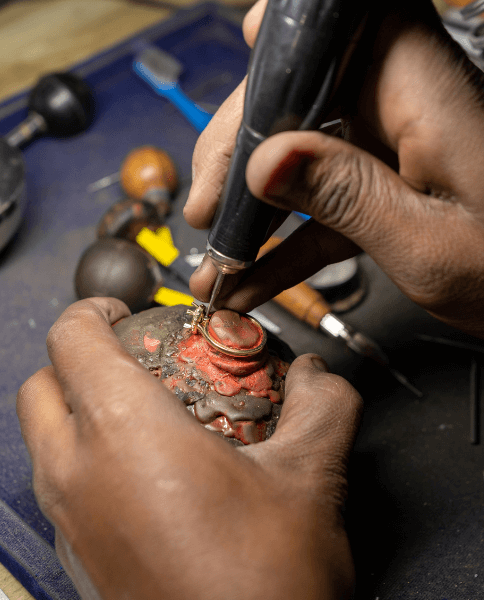Explore our full selection of lab grown diamond jewellery at Sacet. From delicate chain necklaces to...
Lab Grown Diamond Rings > Lab Grown Diamond Everyday JewelleryElevate your daily style with our collection of lab grown diamond everyday rings, perfect for effort...
Lab Grown Diamond Rings > Lab Grown Diamond Wedding Rings > Yellow Gold Lab Grown Diamond Wedding RingsDiscover our collection of contemporary, consciously crafted wedding rings for men and women. Explor...
Lab Grown Diamond Rings > Lab Grown Diamond Wedding Rings > White Gold Lab Grown Diamond Wedding RingsDiscover our collection of contemporary, consciously crafted wedding rings for men and women. Explor...
Lab Grown Diamond Jewellery > Lab Grown Diamond EarringsLooking to build your earrings collection and curate the perfect stack? From statement hoops to deli...














